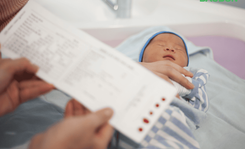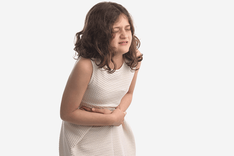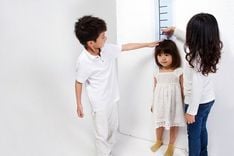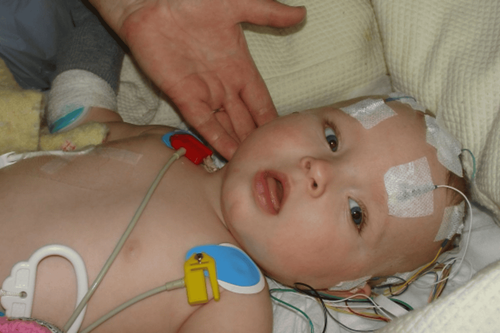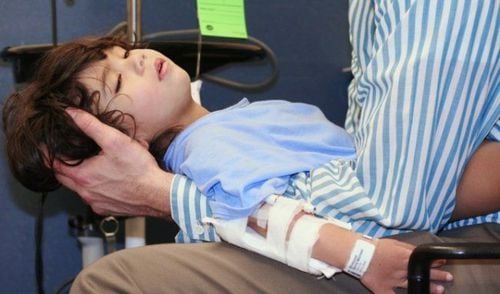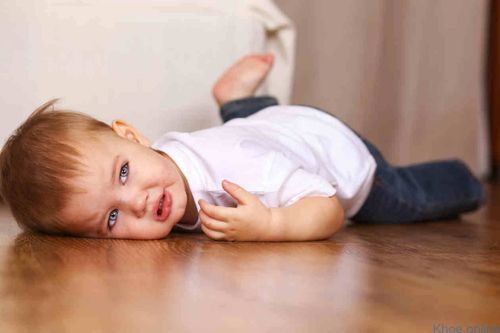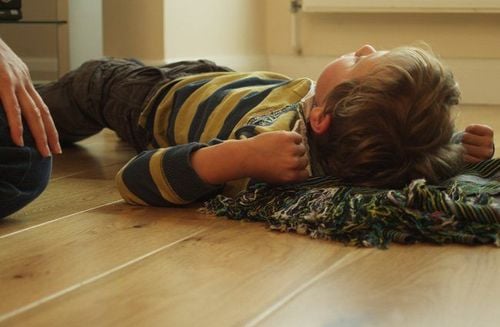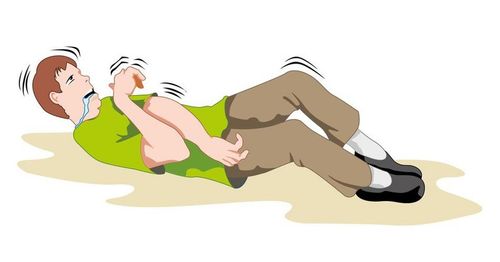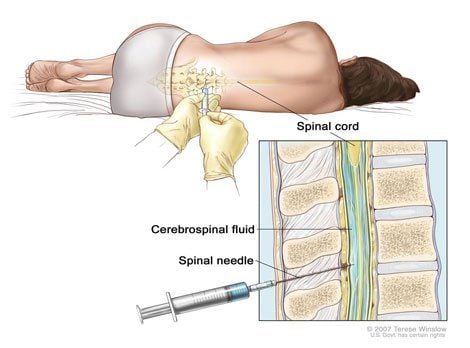This is an automatically translated article.
Children's neurological development is quite large and complex. Research on this issue should be based on the anatomical and functional features of the nervous system as well as understanding of psychology, psychophysiology and knowledge of linguistics. At the same time, it should be based on the analysis of the general physical development of the child.
1. Anatomy of Children's Nervous System
The nervous system is made up of the brain, spinal cord and nerves. These parts work together to allow children to think, learn, speak, and feel emotions. At the same time, the nervous system also helps control basic body functions such as movement, sensation, breathing, and heart rate. The brain and spinal cord make up the central nervous system, and the nerves outside the brain and spinal cord make up the peripheral nervous system.
From the time a child is conceived until the child is about 26 years old, the brain will develop and mature. Genes influence brain development along with life experiences. Continuous brain changes shape a person's personality, thoughts, and interactions with the world.
The brain, the control center of the body, can make the body know what to do and process information by sending and receiving messages through the spinal cord and nerves. Each part of the brain has certain roles including:
The cerebrum, the largest part of the brain, is divided into two halves. Each half contains sections (lobes) that control specific functions, such as moving, thinking, or retrieving and storing memories. The cerebrum also receives and processes information from the sensory organs. These organs include the eyes, ears, nose, mouth, and skin. The cerebellum is located below the cerebrum and helps control balance and coordination of movement. The brain stem, located at the base of the brain, controls basic body functions such as swallowing, breathing, blood pressure, and heart rate. In addition, it contains nerves that connect directly to the brain. These nerves are called cranial nerves. They help carry messages to and from the brain to sensory organs, certain glands, and internal organs, such as the heart and lungs. The spinal cord begins in the brain stem and runs through the center of the spine (spinal canal), containing the nerves that carry messages to and from the brain to the rest of the body. These nerves are called spinal nerves. Peripheral nerves carry messages to and from the brain and spinal cord to the rest of the body. The brain is protected by bones, meninges, and cerebrospinal fluid. The bones around the brain make up the skull. The meninges, the layer of tissue that separates the brain from the skull. Cerebrospinal fluid (CSF), the fluid that cushions the brain in the skull. CSF is made in the ventricles - the hollow space inside the brain. Normally, CSF flows through the brain and spinal cord.
The autonomic nervous system consists of two sympathetic and parasympathetic systems, which are active soon after birth. And the sympathetic nervous system predominates.
Children's brains have a relatively larger weight compared to adults. Children's brains usually develop rapidly during the first few years of life. By the time a baby is 1 year old, the brain's weight has doubled compared to when it was born. But by the time a child is 9 years old, the weight of the brain increases less and less significantly. The surface of the infant's brain is full of fissures as in adults, however, these fissures are shallow. Later, the strong development of the cerebral cortex will make the lobe grooves of the child's brain more and more deep grooves.
When a baby is born, the nervous system in the baby has the least development. A baby's brain is immature because of the unmyelinated axons - the fat that surrounds the nerves. In addition to the effect of myelin to help protect against nerve impulses from spreading to other nerve fibers, myelin sheath also helps maintain the speed of conduction of action potentials of axons. Although myelination is initiated in the anterior and posterior root fibers of the spinal cord from the 4th month of gestation, it is not until the 6th month after birth that the conductive fibers are myelinated down the pyramidal and ends when the child is 4 years old. Therefore, the babinski reflex in young children can still be positive, but it is not an indicator of pyramidal damage, but only considered as a physiological manifestation.
The brain of an infant has about 14 billion cells like an adult, the cerebral cortex is also divided into 6 layers, but it is not until the child is 8 years old that it is fully differentiated like an adult. At first, the child's brain development will mainly focus on the subcortical centers, then, the neocortex and neocortex are formed and developed. It is difficult for an infant's brain to distinguish between gray matter and white matter because the neuronal cell body extends to the white matter. A child's brain contains a lot of water, protein, and lipids. And by the time the child is 2 years old, the chemical composition of the baby's brain will be similar to that of an adult.
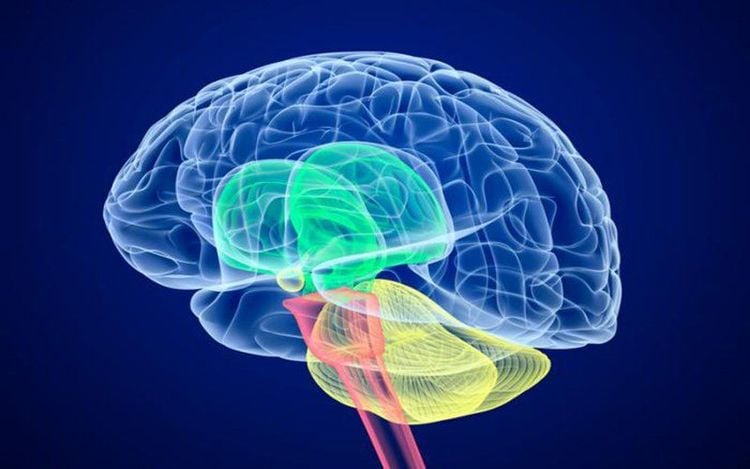
Khi mới sinh ra thì hệ thần kinh ở trẻ em có sự phát triển ít nhất
2. Features of the child's nervous system
Physiological characteristics Due to the undifferentiated brain cells of the child, the axons are not myelinated, so the response of the cerebral cortex tends to be diffuse. Even a small stimulus can trigger a systemic reaction in a child. During the neonatal period, due to the weak excitability of the cerebral cortex, environmental stimuli can often be excessive, triggering protective inhibition, so that the infant will sleep all day.
In addition, because the neocortex and striatum have not yet developed, subcortical activities predominate, so extrapyramidal movements can be seen in infants. In newborns, because the medulla oblongata, peripheral nerves, and optic nerves have been myelinated, the baby will have the first reflexes such as sucking, swallowing, crying and looking fixedly at a certain point. But because myelinization has not been fully implemented, there are reflexes that are pathological in older children that are considered physiological in young children, such as the Babinski reflex.
In the first years of a child's life, in order to ensure that the child's brain can grow rapidly in volume and quality, the need for oxygen and brain weeks of children is higher than that of adults.
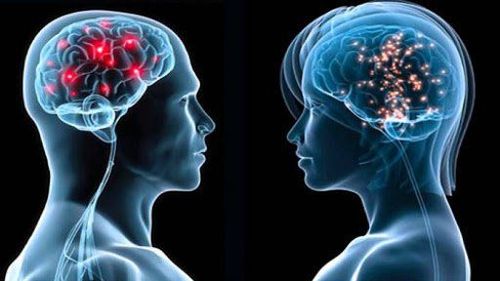
Trong những năm đầu đời, để não bộ trẻ em phát triển nhanh thì nhu cầu về oxy và tuần hoàn não của trẻ cao hơn người lớn
Children's EEG can change with age as follows:
Newborns brain activity is usually concentrated in the apex and central regions. At that time, delta waves usually fall in the range of 0.5 to 3 cycles/second, voltages range from 20 to 50 microvolts, with uneven, and non-synchronous waves. Children under 1 year of age have brain electrical activity with mostly delta waves, the occipital region appears theta waves with a period of 3 to 7 cycles/second Children from 1 to 3 years old have periodic theta wave electrical activity. period from 3 to 7 cycles/second, voltage ranging from 30 to 50 microvon. Children from 4 years of age, the electrical activity of the brain in the form of theta waves decreases gradually and alpha waves appear with a period of 8 to 12 cycles/second, voltages ranging from 30 to 50 microvons In addition, because the brain cells of the child have not yet been born. Being differentiated, the chemical composition still contains a lot of water, so meningeal reactions can easily occur and there may be severe reactions when children are infected or poisoned. The characteristics of the brain capillaries of young children develop quite strongly, along with the thin wall of the blood vessels and the sensitivity to hypoxia, so the phenomenon of meningeal hemorrhage can easily occur.
The brain of a young child contains a lot of water, and is located in an uncertain skull, so a minor injury such as a sitting or standing fall can cause hippocampal herniation, septal hernia between the two hemispheres or damage to the nerve axis leading to clinical hemiplegia.
Please dial HOTLINE for more information or register for an appointment HERE. Download MyVinmec app to make appointments faster and to manage your bookings easily.
Reference source: fairview.org